Over the last several years, the self-serve frozen yogurt concept has really taken off. Here are brief descriptions of self-serve and traditional behind-the-counter frozen yogurt concepts with advantages and disadvantages for each.
Self-Serve Frozen Yogurt Concept
In a self-serve shop, the customers fill their own cups with whatever yogurt and toppings they want. Their cup is weighed, and then they pay by the ounce.
Advantages: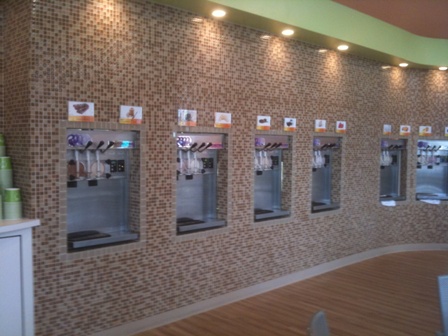 The customers pay for exactly what they get.
The customers pay for exactly what they get.
Complete control over your profit margin.
Customers can make it their way with whatever yogurt and topping combinations they want.
Usually requires fewer employees to run the store – many shops use just one employee.
Average dollar purchase is higher than traditional frozen yogurt shops.
Disadvantages:
Requires more machines to do it right – the minimum we recommend is five.
Makes it difficult to add additional menu items that require employee labor (like smoothies or crepes).
You end up losing a lot of product to free samples.
Because you can’t charge a separate price for the toppings, you really don’t end up making much money on them. In some cases you lose money on the toppings.
Traditional Behind-the-Counter Concept
The tradition way of running a frozen yogurt shop is with 2 to 4 machines behind a counter. Customers order the size and flavor and the employee dispenses it for them. The customers pay a set amount for each size.
Advantages: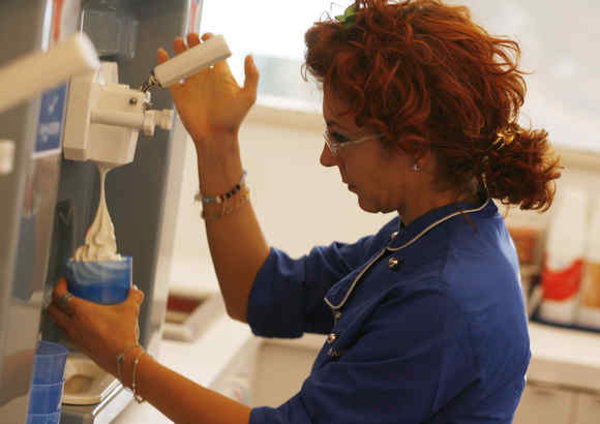
Requires fewer machines.
Less wear and tear on the machines.
Better suited for serving other menu items (like shakes, smoothies, sundaes, food items, etc).
Toppings can be a profit center if priced separately.
Less wasted product.
More control over the customer experience.
Disadvantages:
Inconsistent portions served by employees.
Requires more employees to operate.
The average dollar purchase tends to be less than with self-serve shops.
As you can see, there are advantages to either concept. Ultimately, you need to decide what is right for your market and your business plan. It’s important to be aware of the trade-offs and adjust accordingly.

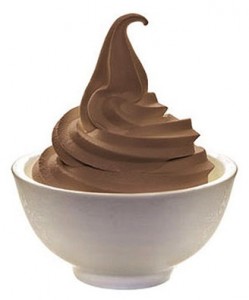
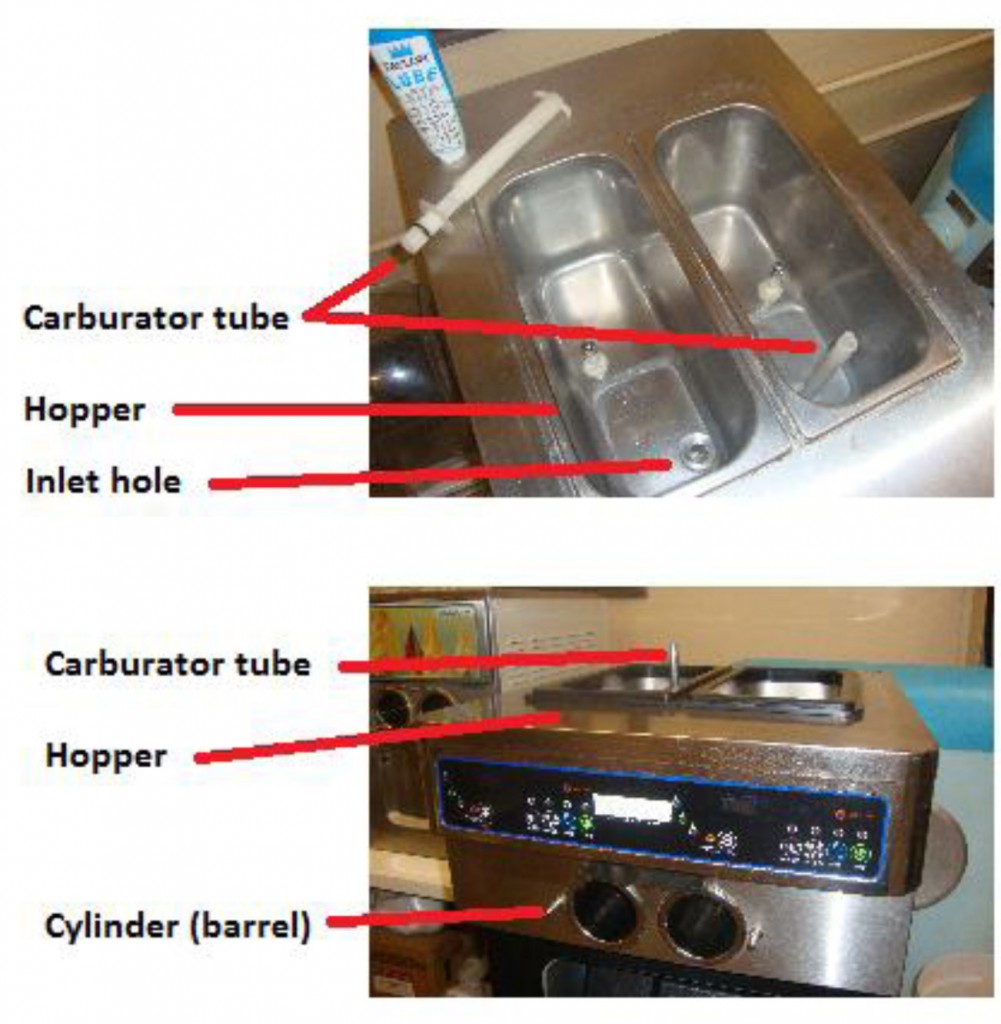
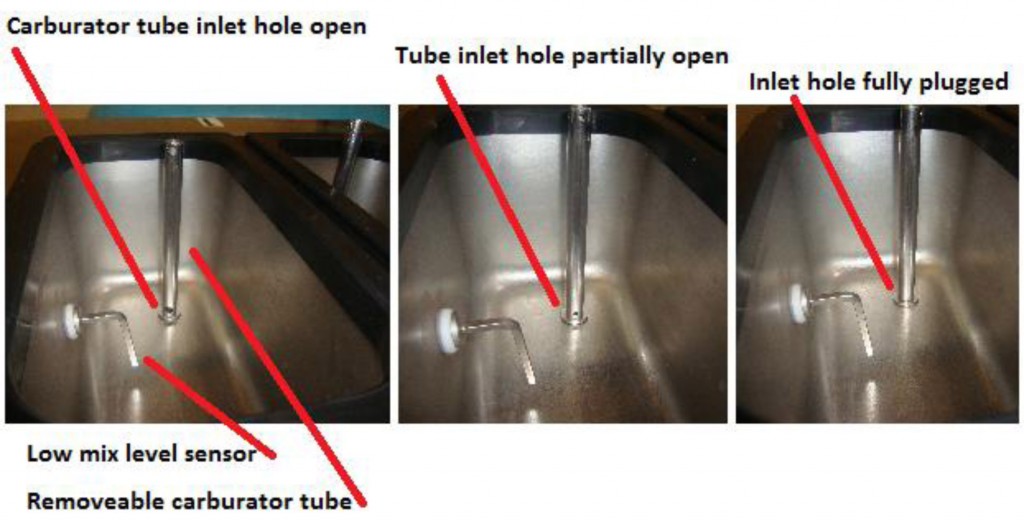
 FroCup.com
FroCup.com